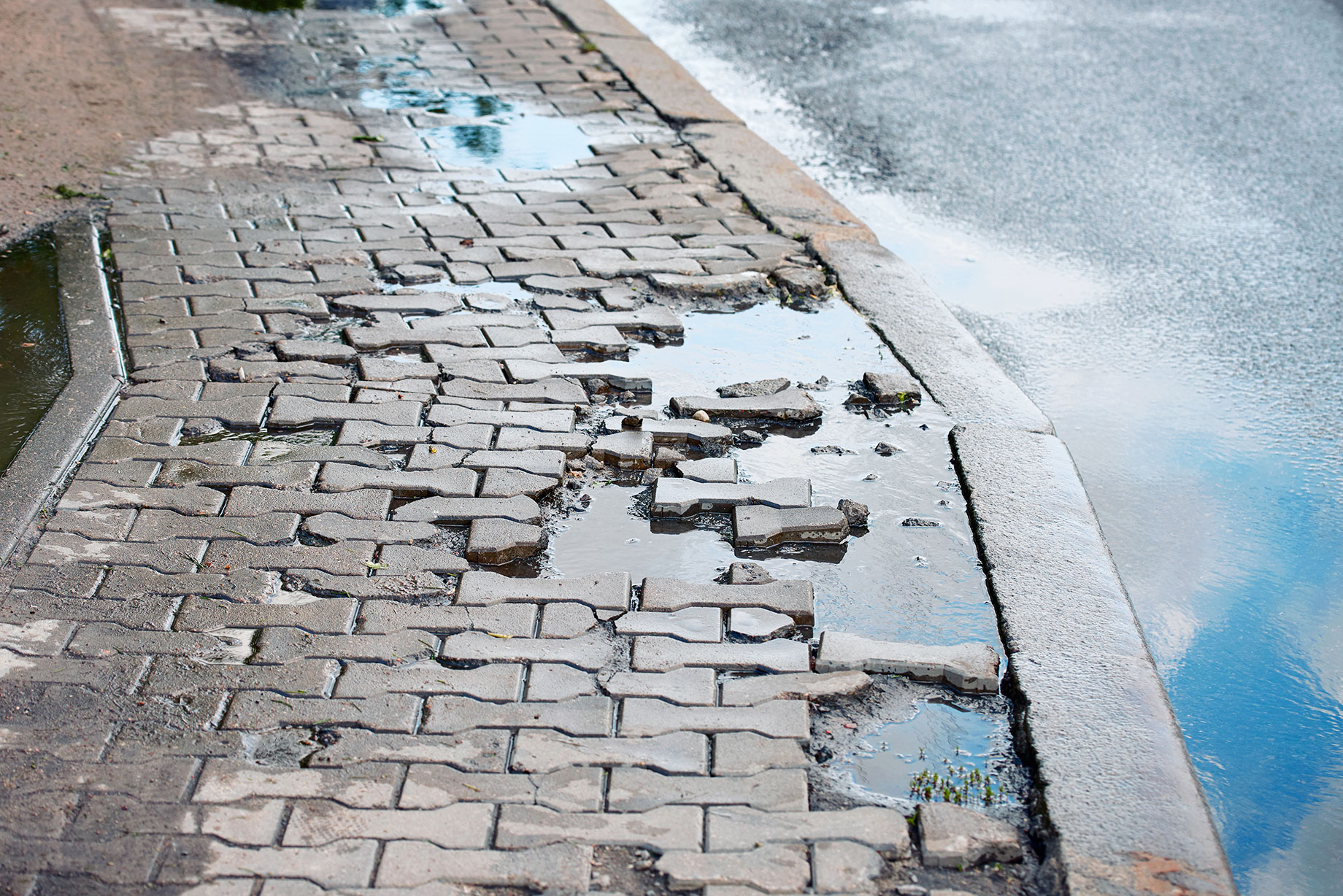
A casual walk through a parking garage, an evening climb up apartment stairs, or a stroll along the sidewalk should never end in a hospital visit. Yet for countless individuals each year, these everyday actions lead to devastating injuries—all because someone failed to fix a cracked step, reinforce a railing, or replace a crumbling slab of pavement.
What makes these incidents especially frustrating is how preventable they are. Broken structural elements aren’t hidden dangers—they’re often right out in the open, deteriorating further each day. When property owners ignore these problems or delay repairs, they put every guest, tenant, and passerby at risk. And when someone is injured as a result, the fallout goes far beyond scrapes and bruises—it often means months or years of recovery, lost wages, or permanent disability. That’s where the law steps in.
The Treachery of a Single Broken Step
A staircase doesn’t have to collapse to be dangerous. One loose board, an uneven rise, or a worn-out tread is all it takes to send someone flying. The body isn’t prepared for the sudden drop in rhythm—a missed step triggers a chain reaction that can end with broken wrists, fractured hips, or worse.
Stair-related injuries are common in apartment complexes, office buildings, and parking structures—places where the responsibility for upkeep often rests with property management. When these entities fail to inspect and repair worn stairs, the hazard grows with every passing day. In many cases, the risk has been reported, noticed, and still ignored. That’s not just negligence—it’s an accident waiting to happen.
Railings That Disappear in a Moment of Crisis
We reach for handrails in moments of uncertainty—when we slip, stumble, or steady ourselves on a narrow staircase. But what happens when the railing pulls loose from the wall, crumbles under pressure, or was never properly installed in the first place?
The result is not just a fall—it’s a betrayal of trust. People rely on railings for balance and safety, especially in elevated spaces like balconies, stairwells, and ramps. When they give out, the injuries can be catastrophic, including spinal trauma, traumatic brain injuries, or fatal falls. Railings should be anchored, reinforced, and regularly tested—not left to rust or rot until someone leans on them in a moment of need.
Sidewalks That Turn Every Step Into a Gamble
Cracked sidewalks might seem like a minor inconvenience—until they send someone sprawling. Raised slabs, hidden holes, and jagged edges create invisible hazards for those walking with strollers, using wheelchairs, or simply carrying groceries. The danger multiplies at night, in the rain, or for individuals with limited mobility.
These hazards don’t develop overnight. It takes months or years for sidewalks to become truly dangerous, meaning property owners, municipalities, and business operators often have ample time to fix them. When they don’t, they turn public spaces into minefields where one misstep can change someone’s life forever.
Outdoor Elements That Magnify Structural Hazards
The great outdoors doesn’t give damaged surfaces a break—it makes them worse. Rain seeps into cracks, snow hides missing tiles, and moss makes even stable steps slick and unpredictable. When broken stairs or sidewalks are exposed to the elements, their danger increases dramatically.
Yet many owners treat exterior maintenance as an afterthought. They rely on temporary patches or outdated inspections while hazards worsen. But weather is no excuse for neglect. Property owners must anticipate these conditions and prepare their premises accordingly—because nature won’t wait for them to act.
The Law’s Expectation: Duty of Care
Legally, every property owner has a duty to maintain their space in a reasonably safe condition for guests, tenants, or passersby. This includes walkways, staircases, entryways, and other access points. When these structures are left in disrepair and someone gets hurt, the law sees that as a breach of duty—and rightly so.
Whether it’s a landlord who ignored maintenance requests, a business owner who skipped sidewalk repairs, or a city that failed to fix a public hazard, they can be held accountable. A skilled Seattle premises liability attorney can investigate these failures and build a case to ensure victims receive fair compensation for their injuries and losses.
Injuries That Echo Far Beyond the Moment
A fall may happen in seconds, but the effects can last a lifetime. Victims often suffer from fractures that require surgery, head injuries that impair memory or cognition, and soft-tissue damage that limits movement indefinitely. Even after the physical wounds heal, anxiety and trauma can linger.
Many find themselves unable to return to work, care for loved ones, or enjoy the activities they once loved. The ripple effects touch every part of life—financial stability, personal independence, and mental health. This isn’t just a physical injury; it’s a life disrupted. Compensation must reflect the full scope of that loss.
Why Quick Action and Evidence Matter
In the aftermath of a fall, time becomes critical. Hazardous conditions may be repaired or altered within days—or even hours—after an injury occurs. That’s why taking photos, gathering witness statements, and filing incident reports as soon as possible is essential.
Medical documentation, maintenance records, and surveillance footage can also help paint a clear picture of what went wrong. Working with an attorney early in the process allows victims to preserve this vital evidence and ensure it’s not lost in the shuffle of property cleanups or insurance denials.
Accountability That Creates Safer Spaces for Everyone
Pursuing legal action after an injury isn’t just about money—it’s about responsibility. Holding property owners accountable sends a message that safety matters. It forces them to confront the cost of neglect and encourages investment in the kind of upkeep that protects all future visitors.
Every case resolved in favor of an injured person pushes the system toward better practices. It turns pain into purpose, tragedy into change. And it gives victims not just justice—but a voice in the ongoing conversation about public safety and legal responsibility.